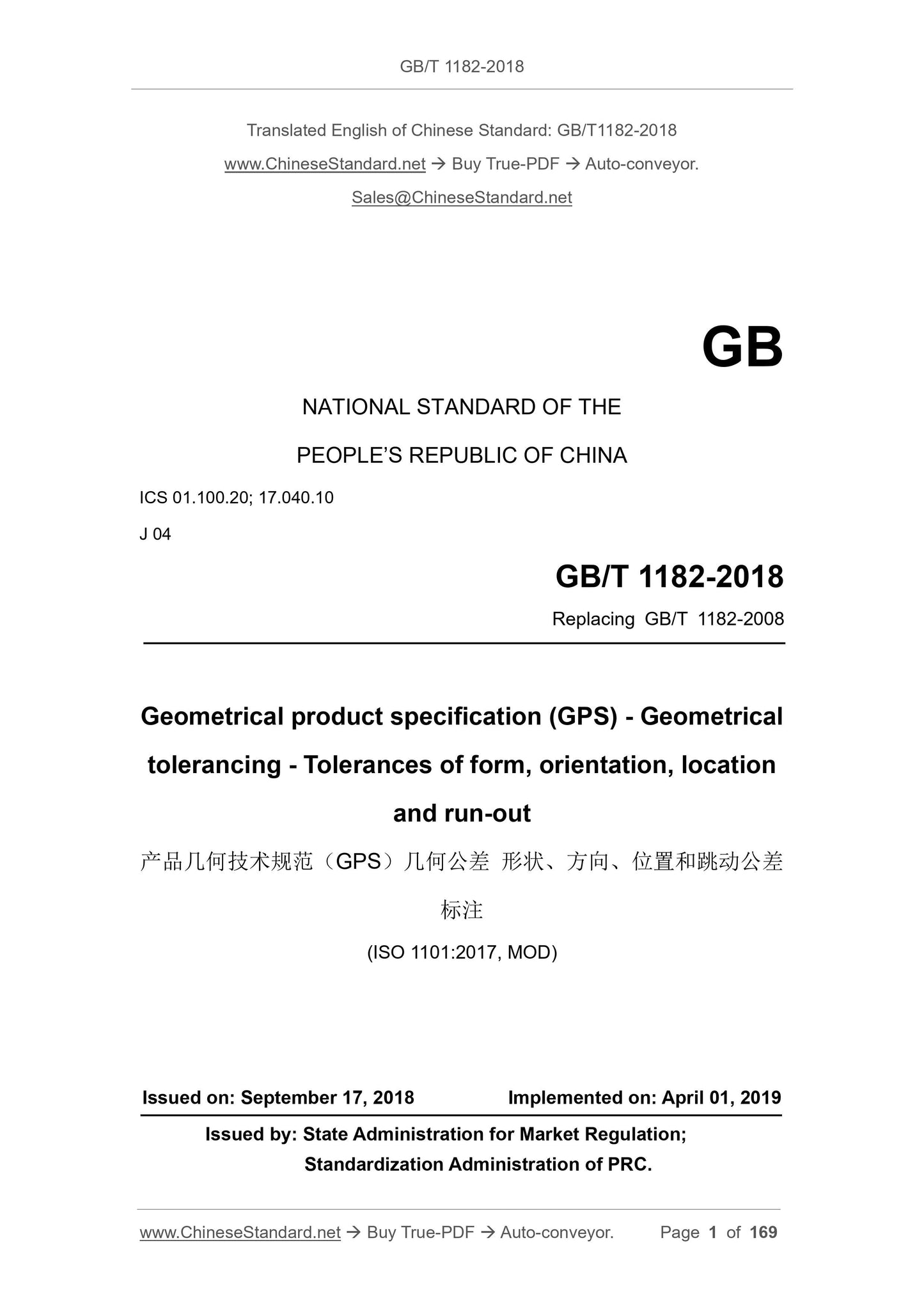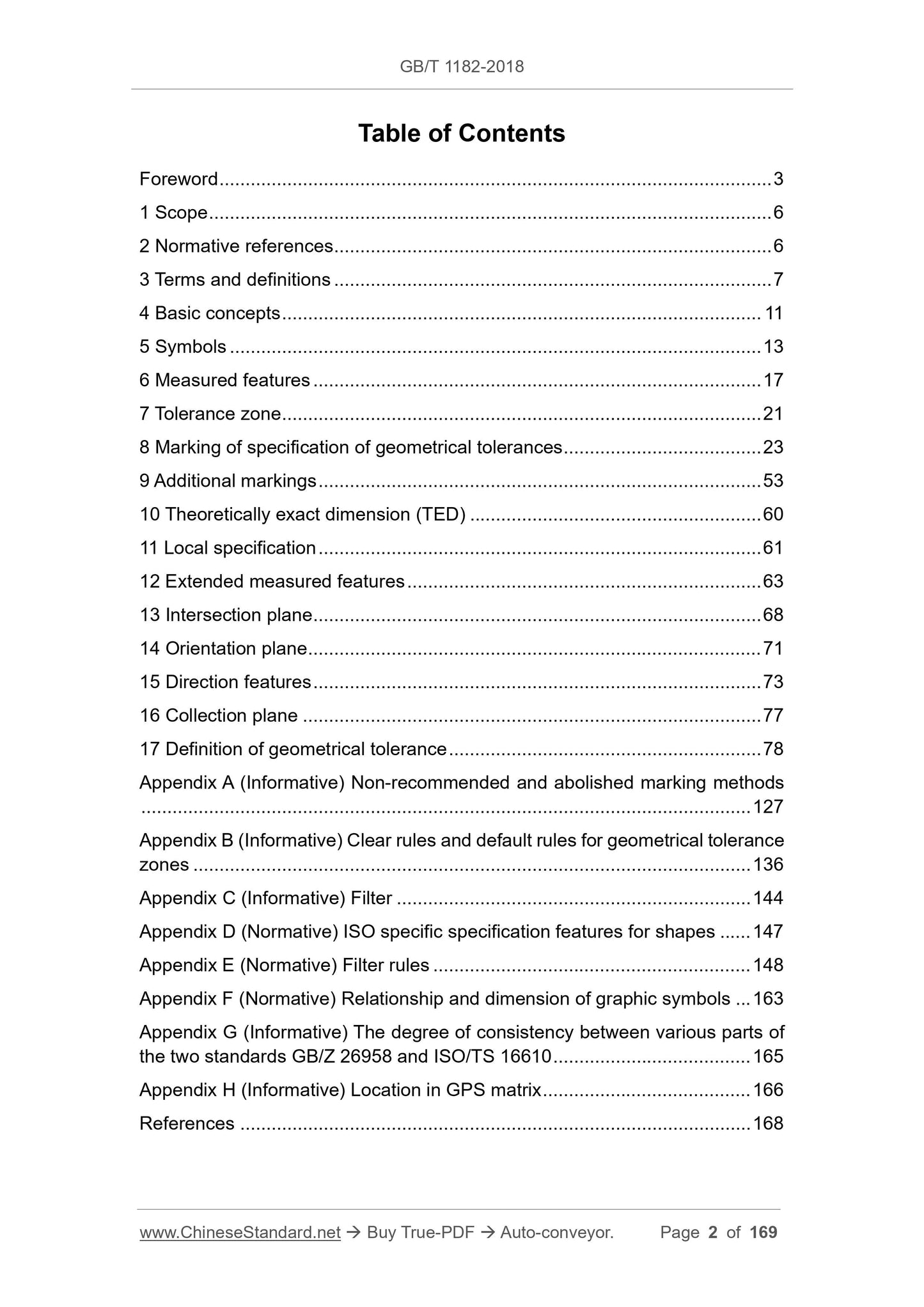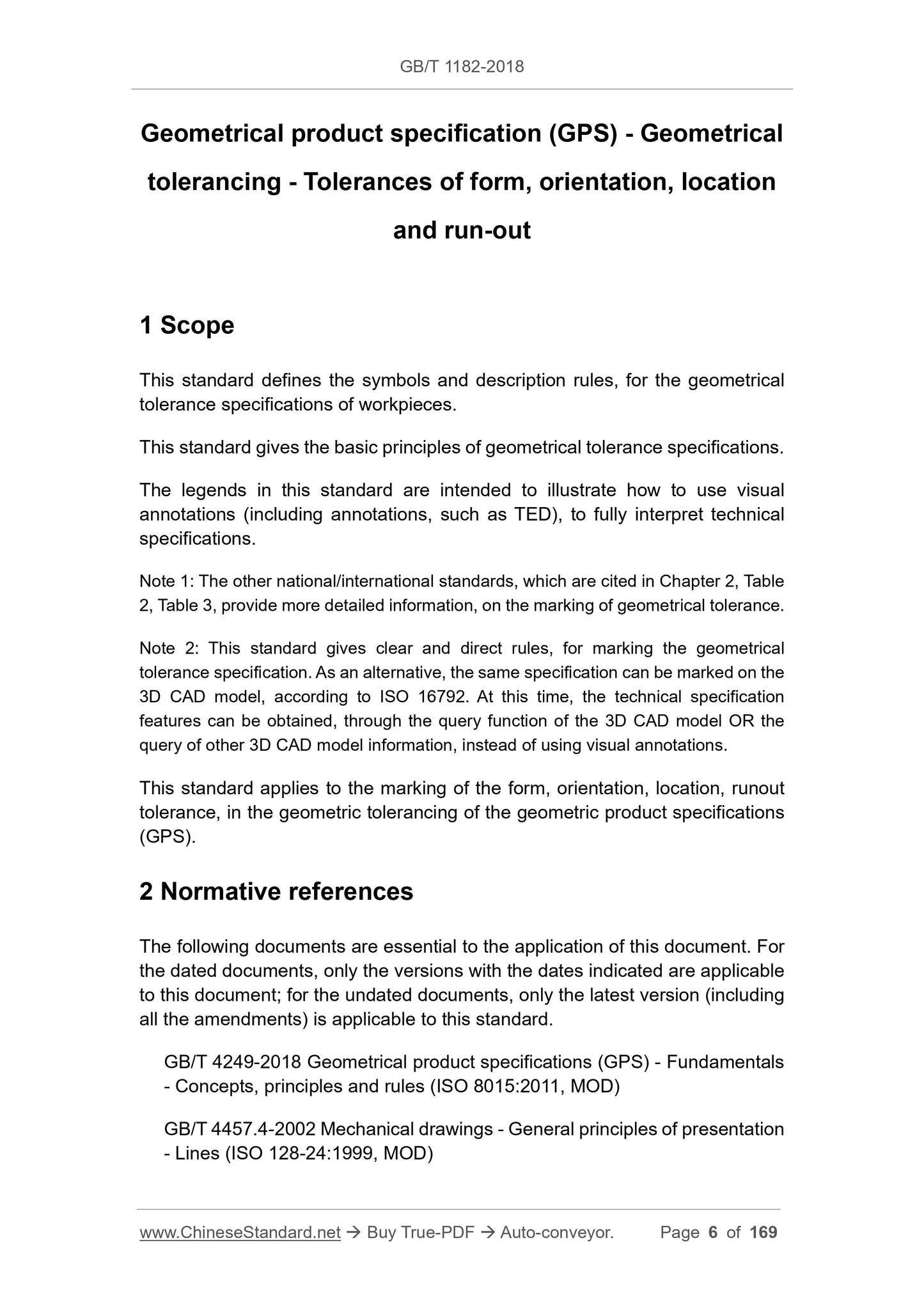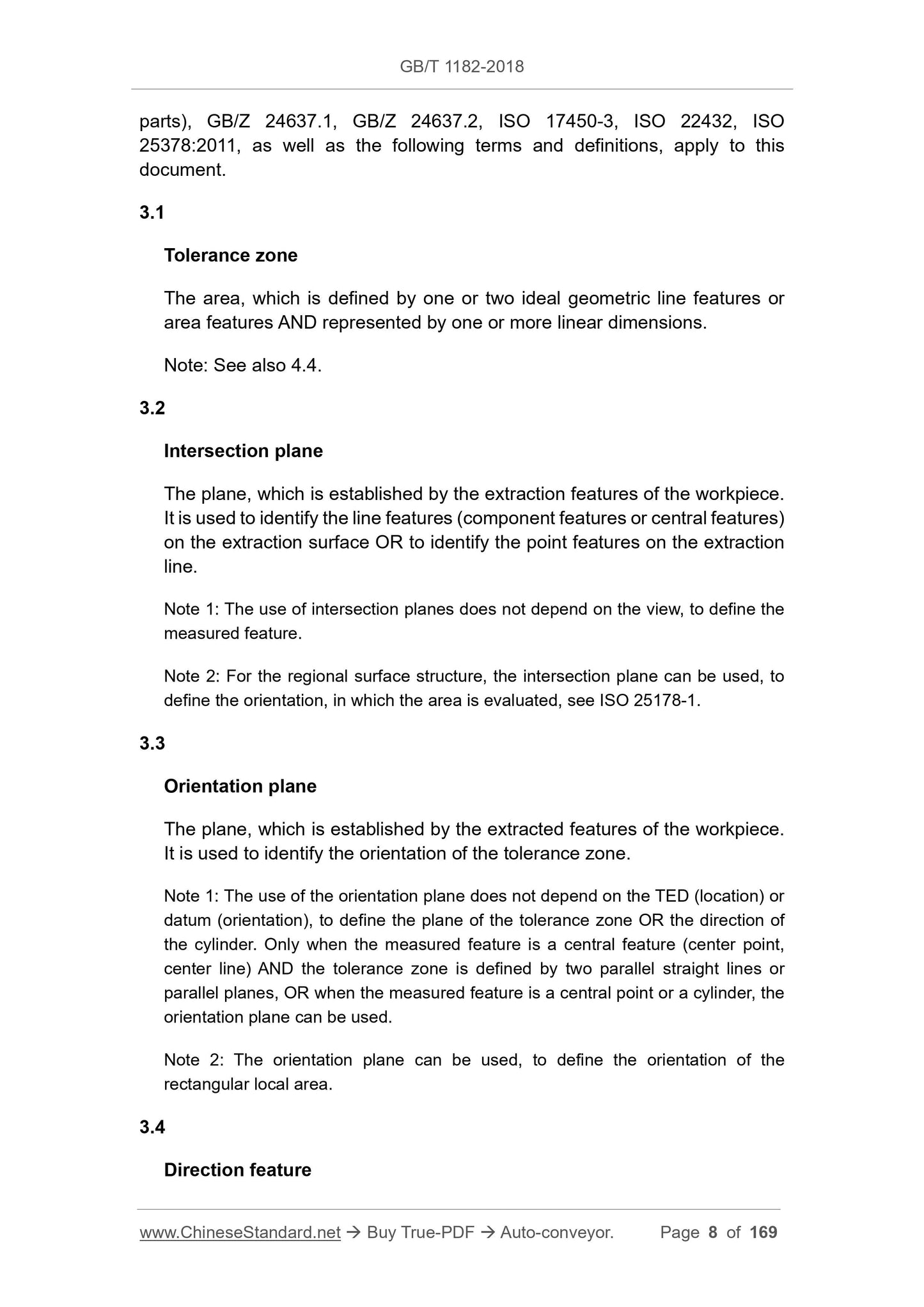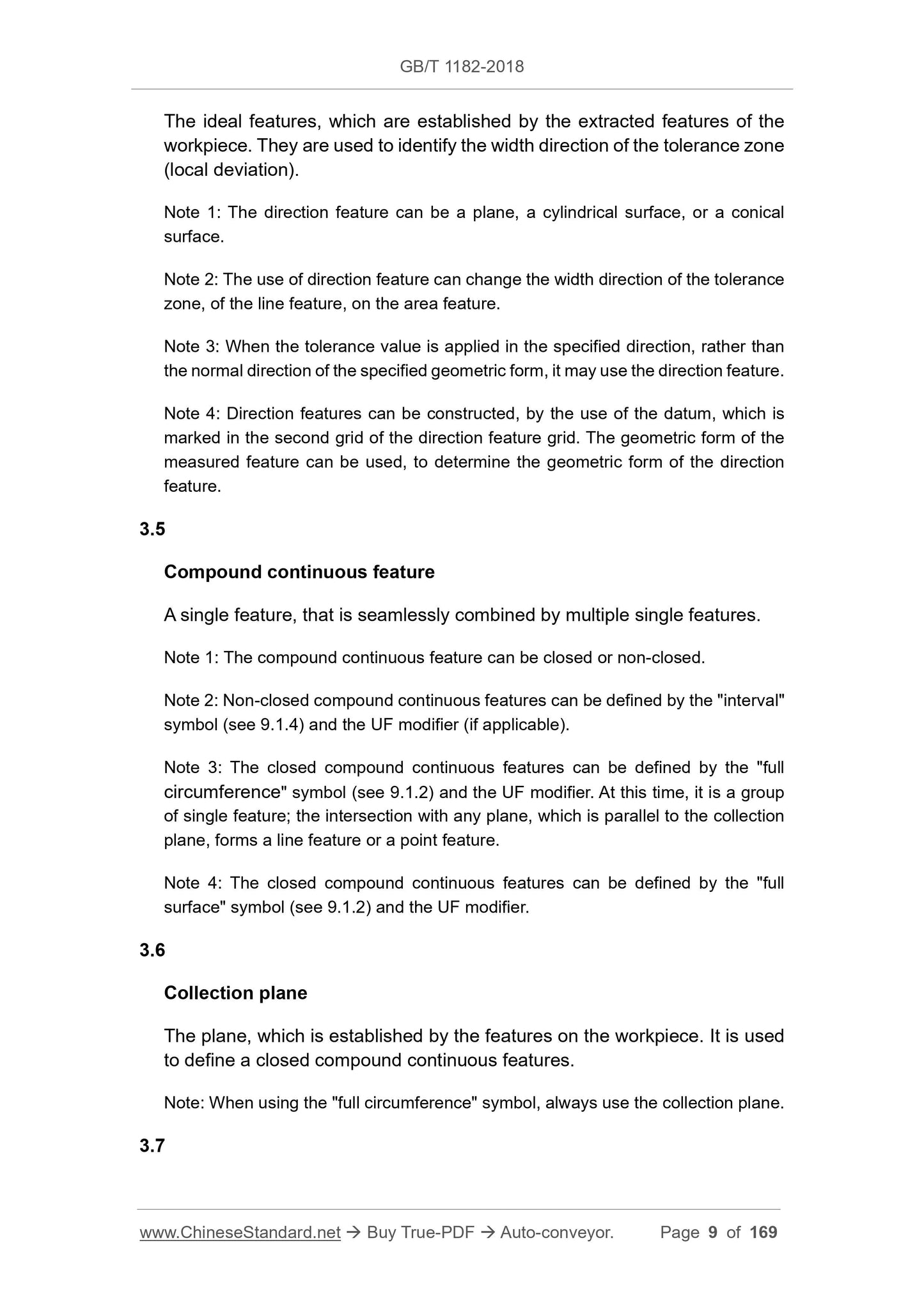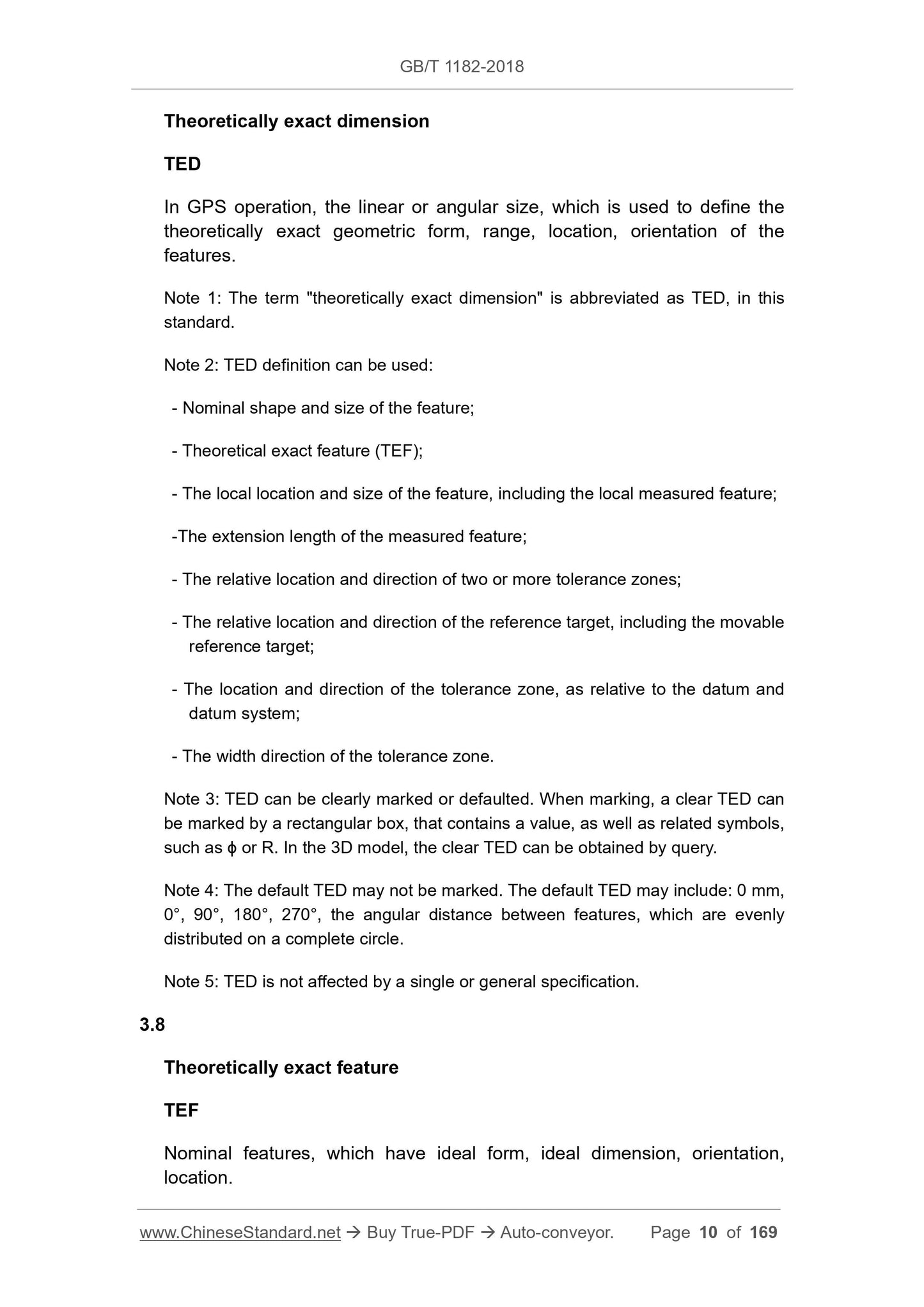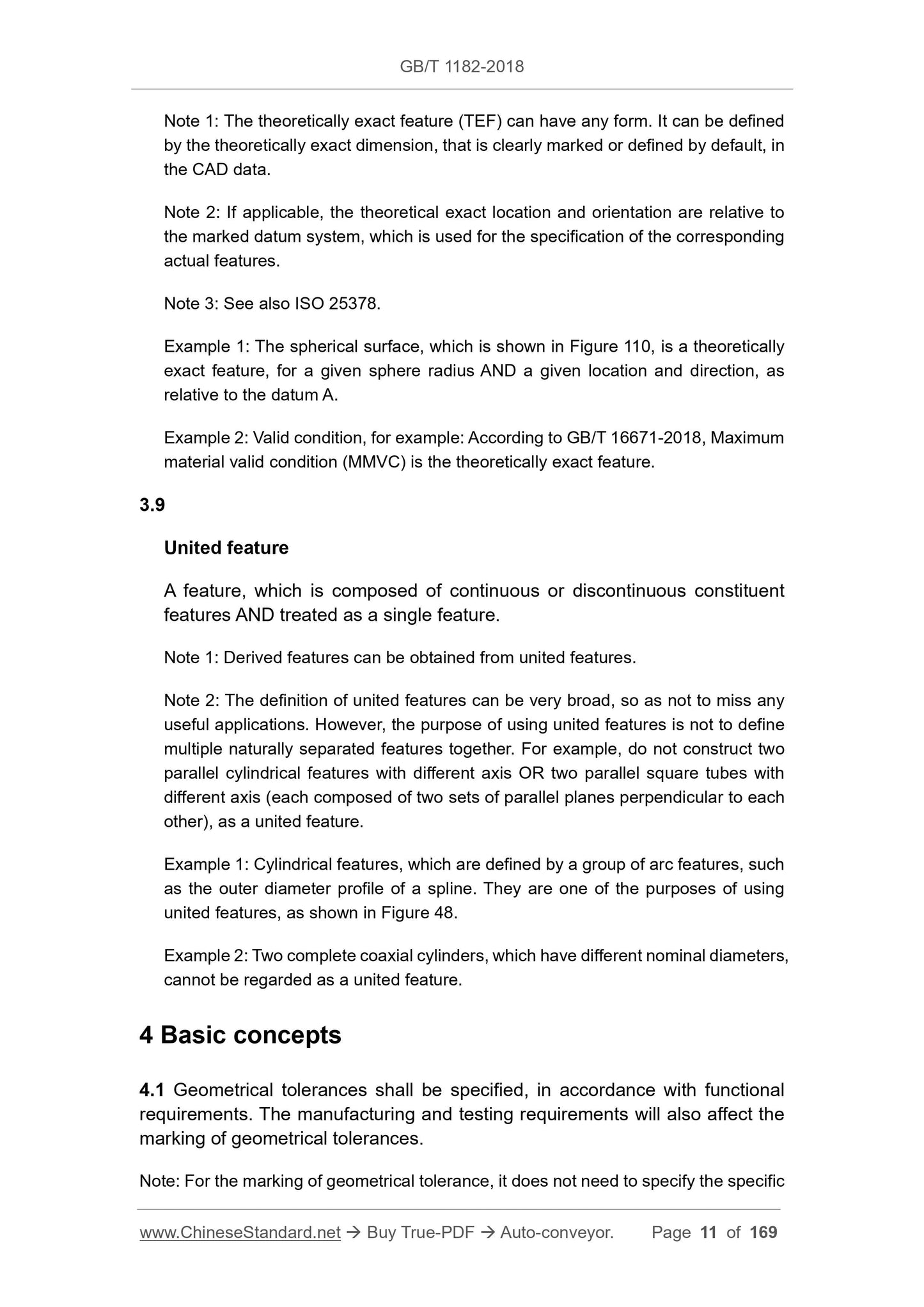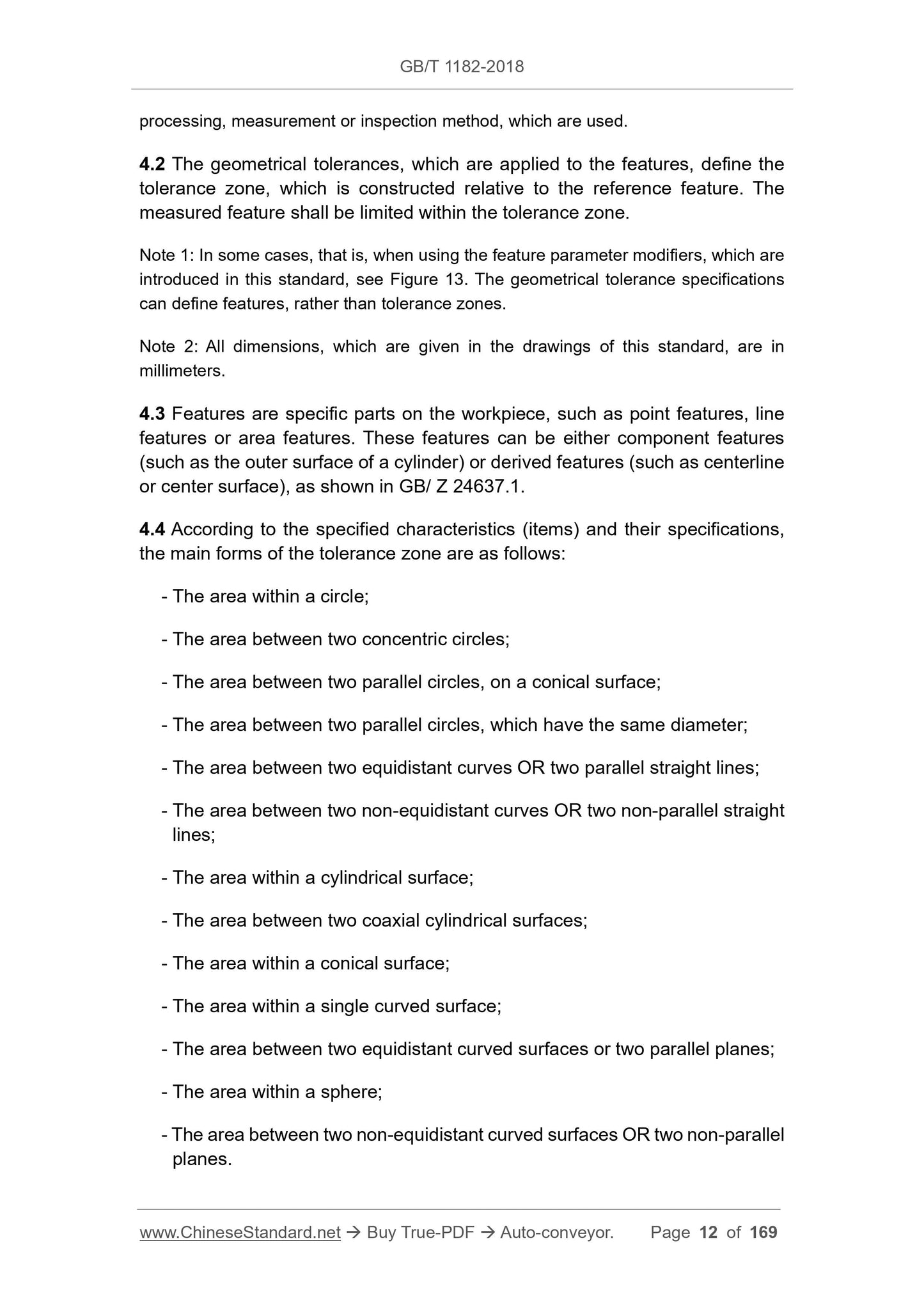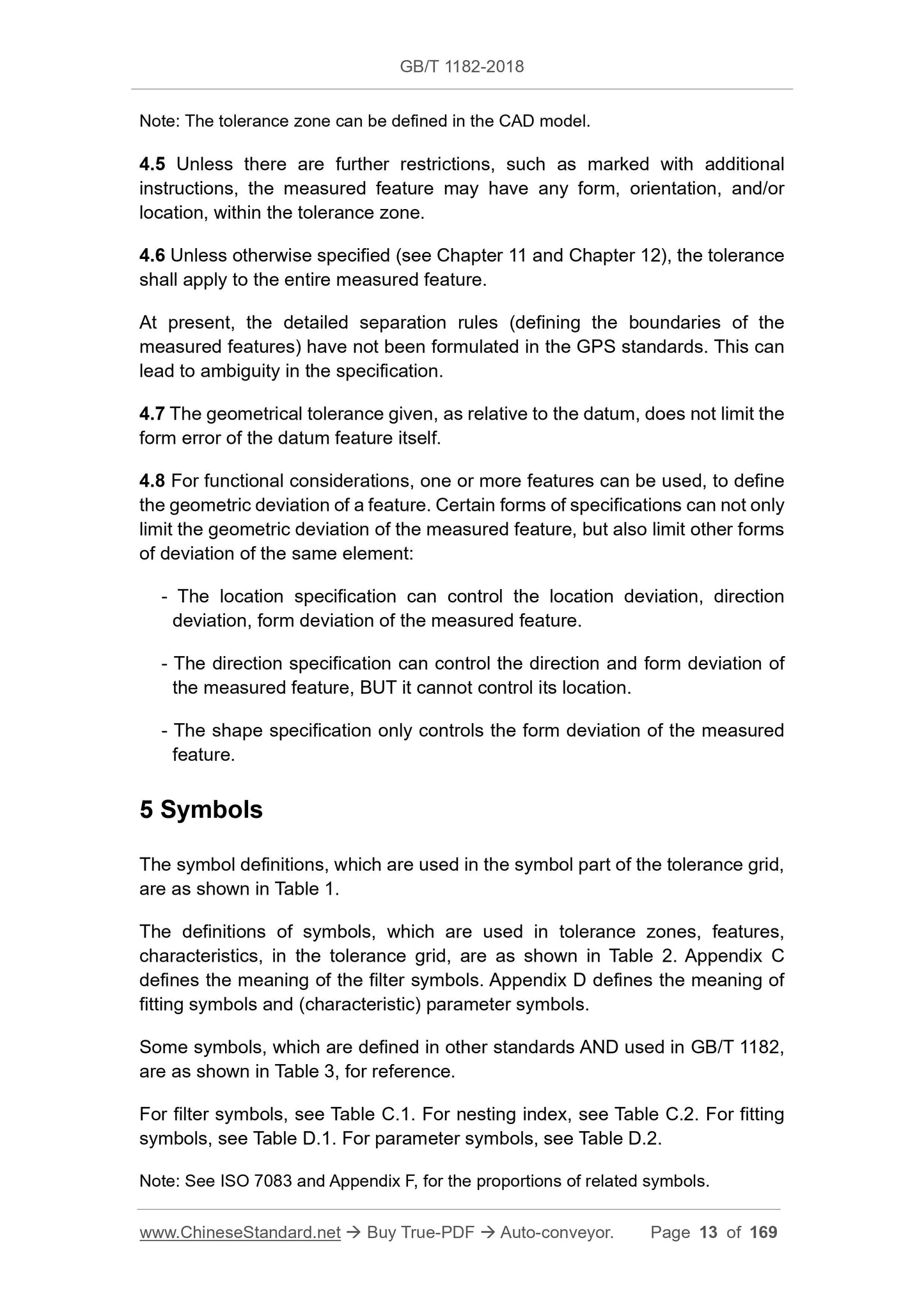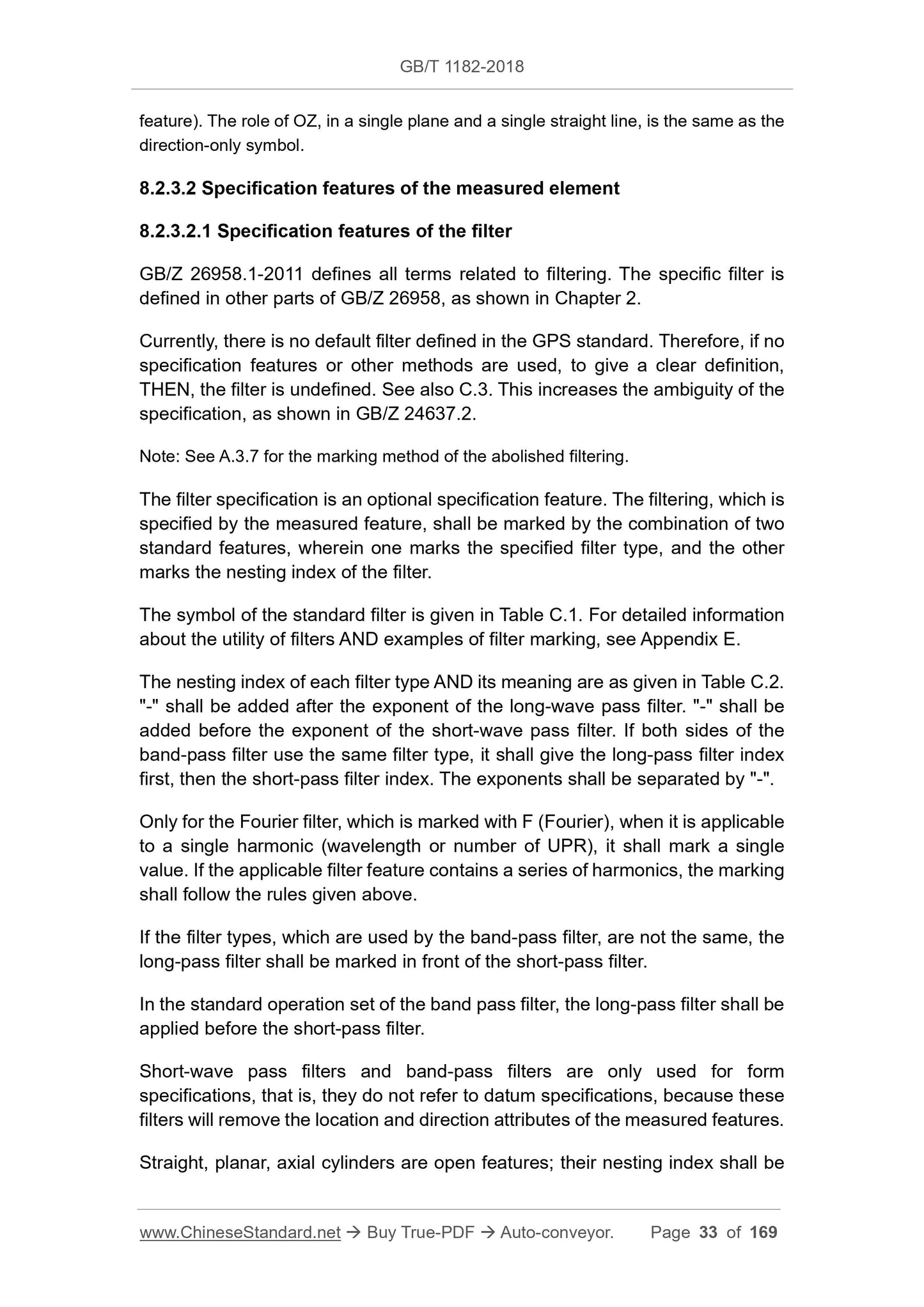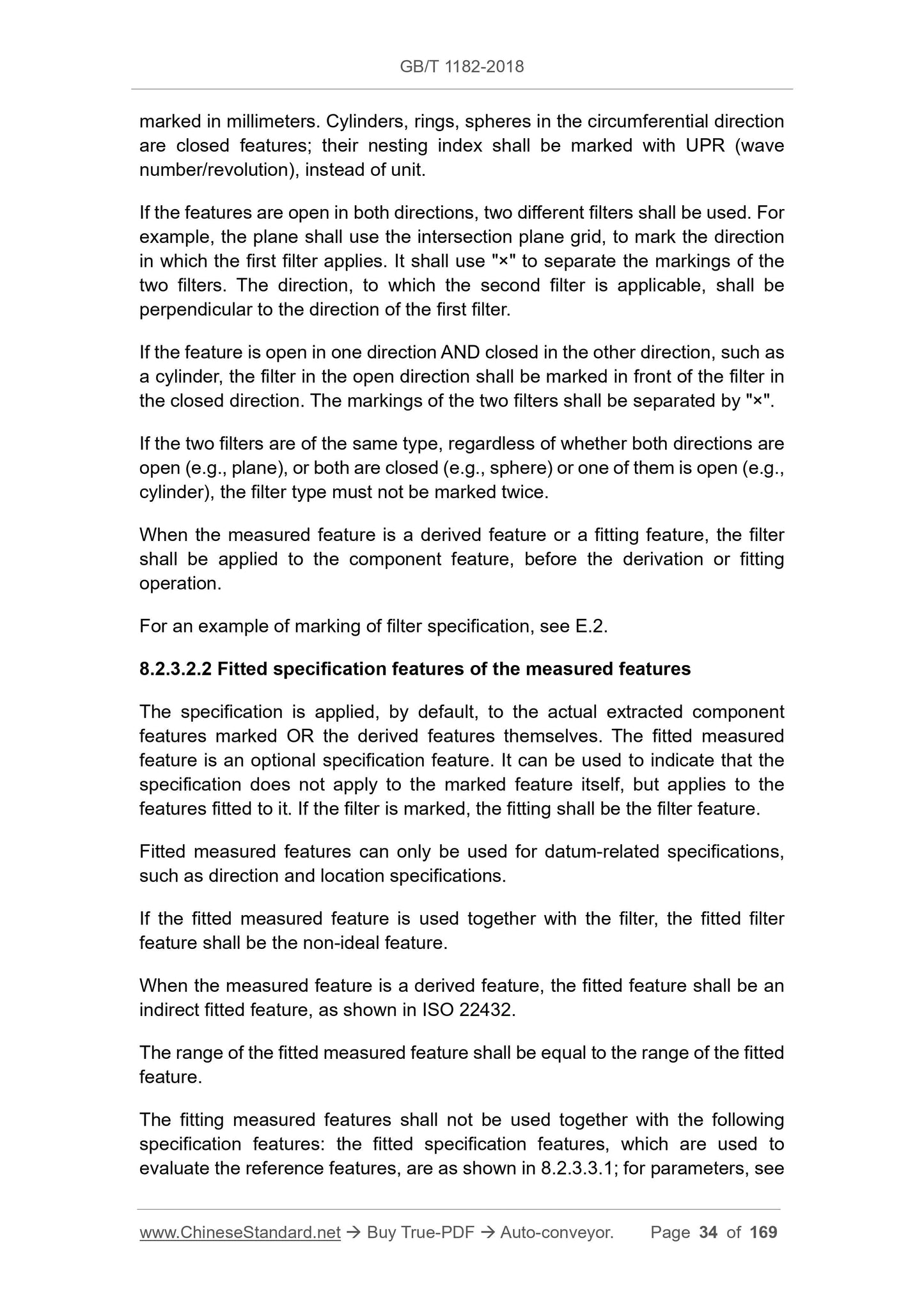1
/
of
11
www.ChineseStandard.us -- Field Test Asia Pte. Ltd.
GB/T 1182-2018 English PDF (GB/T1182-2018)
GB/T 1182-2018 English PDF (GB/T1182-2018)
Regular price
$1,500.00
Regular price
Sale price
$1,500.00
Unit price
/
per
Shipping calculated at checkout.
Couldn't load pickup availability
GB/T 1182-2018: Geometrical product specifications (GPS) -- Geometrical tolerancing -- Tolerances of form, orientation, location and run-out
Delivery: 9 seconds. Download (and Email) true-PDF + Invoice.Get Quotation: Click GB/T 1182-2018 (Self-service in 1-minute)
Newer / historical versions: GB/T 1182-2018
Preview True-PDF
Scope
This standard defines the symbols and description rules, for the geometricaltolerance specifications of workpieces.
This standard gives the basic principles of geometrical tolerance specifications.
The legends in this standard are intended to illustrate how to use visual
annotations (including annotations, such as TED), to fully interpret technical
specifications.
Basic Data
| Standard ID | GB/T 1182-2018 (GB/T1182-2018) |
| Description (Translated English) | Geometrical product specifications (GPS) -- Geometrical tolerancing -- Tolerances of form, orientation, location and run-out |
| Sector / Industry | National Standard (Recommended) |
| Classification of Chinese Standard | J04 |
| Classification of International Standard | 01.100.20; 17.040.10 |
| Word Count Estimation | 129,146 |
| Date of Issue | 2018-09-17 |
| Date of Implementation | 2019-04-01 |
| Older Standard (superseded by this standard) | GB/T 1182-2008 |
| Regulation (derived from) | National Standard Announcement No. 11 of 2018 |
| Issuing agency(ies) | State Administration for Market Regulation, China National Standardization Administration |
Share
